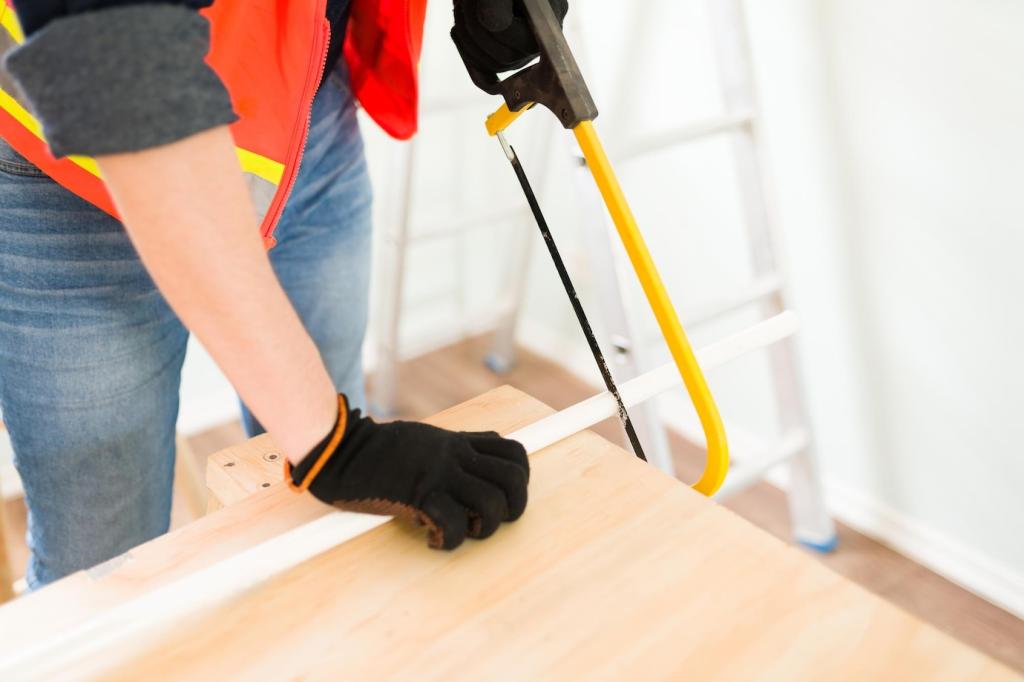What Makes a Sealant Truly Eco‑Friendly
Eco‑friendly sealants reduce volatile organic compounds, often under 100 grams per liter, use water as a carrier, and integrate bio‑based resins from soy, castor, or pine. The result is cleaner air and safer application without sacrificing performance.
What Makes a Sealant Truly Eco‑Friendly
Look for independent certifications such as GREENGUARD Gold, Green Seal, or EU Ecolabel, plus regional VOC compliance like SCAQMD. Certifications are not everything, but they filter hype and reward manufacturers investing in cleaner chemistries and transparent testing.





